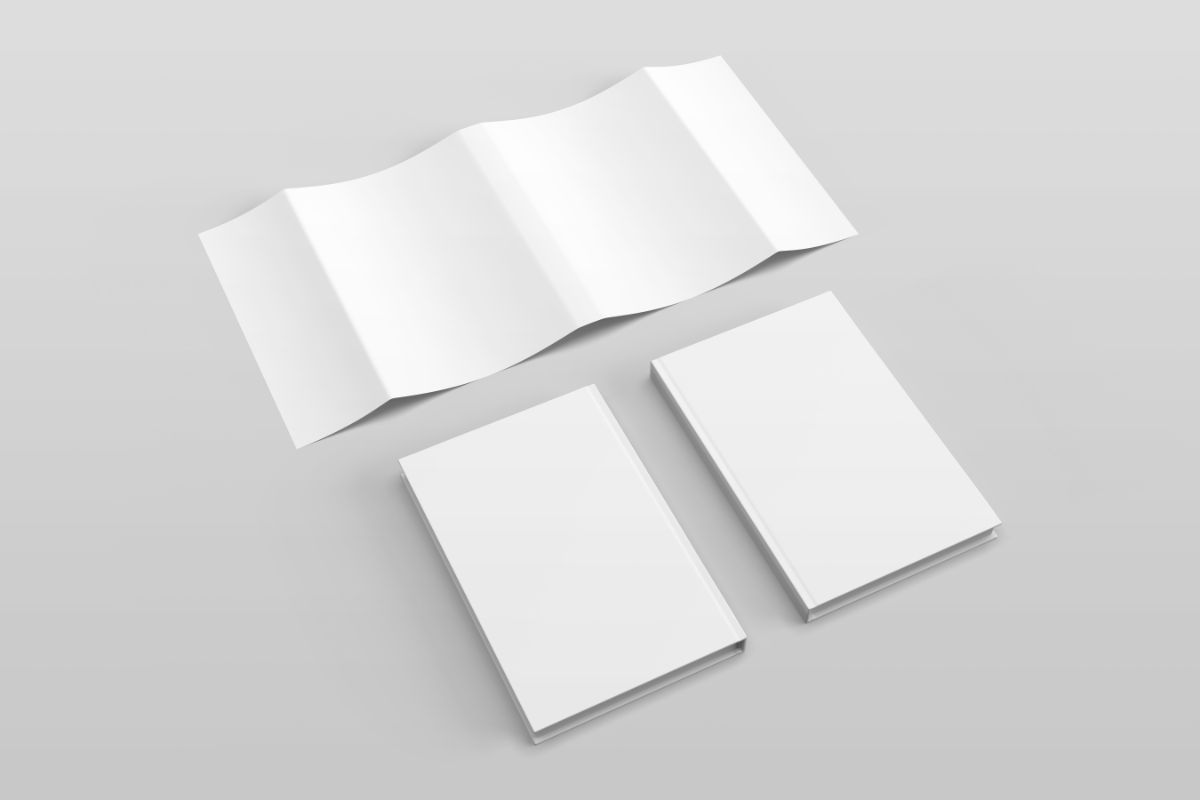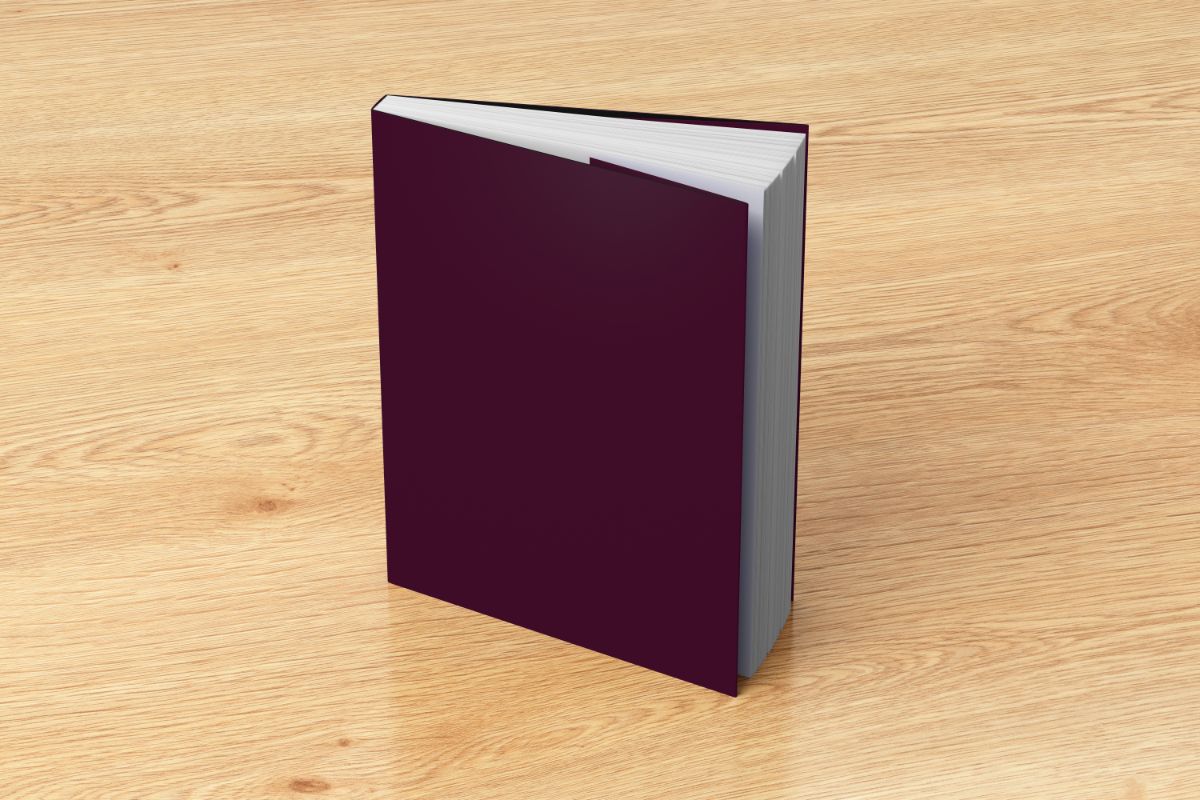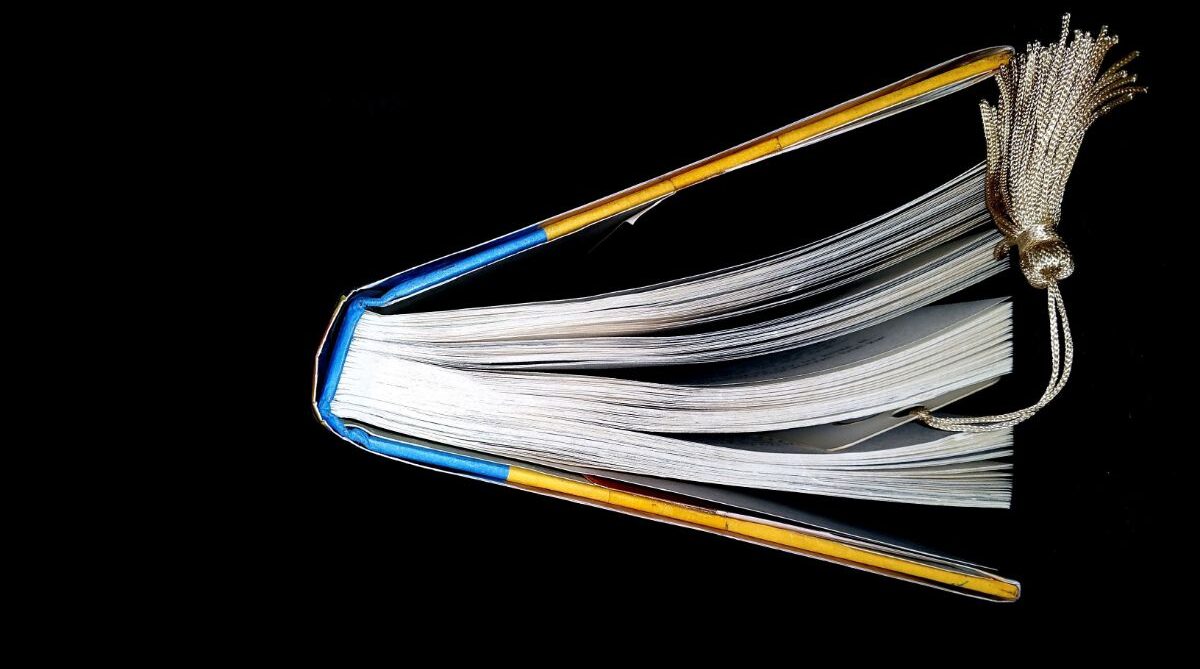As a librarian with certifications and training at a university, I spend a lot of time working with dust jackets and book covers. I even attended a workshop that was solely three hours hand-covering library books with other librarians.
It’s a passion, taking care of books. But as a writer, that was bound to happen. Here I want to talk about why books have a dust jacket and how books are covered, so that you can protect your own private library and collection of books.
Why Books Have Dust Jackets

A book has a dust jacket for two purposes. First, it is to provide a new cover other than the hard or soft cover of the book itself. This can be used to update a book cover. Publishers may also save money by printing a more colorful dust jacket to place over a plain hardcover book cover.
These were more common in decades past when encyclopedias and other series of books were printed without an image on the cover. Those books that wanted to feature illustrations on the hardcover would be required to use a dust jacket that was made from glossy paper.
The use of a dust jacket is also to protect the book from dust, as well as fingerprint smudges, ink stains, coffee spills, and any other liquids that might be likely to ruin a book and its cover image.
Today we still use dust jackets mainly for this purpose on books, and even school children make removable dust covers to protect their textbooks.
Dust covers allow the owner of a book to illustrate their own idea of a cover, or to use it for hiding the cover of a book that might be considered ‘risque’ if read in public.
Why Should I Cover Books With a Dust Jacket

Why would you cover books with a dust jacket or leave the dust jacket cover on a book? If you have a book that is a family heirloom, such as a history or genealogy book or a Bible with a family history, you should consider book covers and book protection, even for a dust jacketed book.
You may also do this with an expensive textbook or work related manual that is quite heavy in order to re-enforce the cover and binding. If you have a favorite children’s book you read to your children when they were smaller that is to be passed down to generations, for example, you want to protect its cover.
Librarians cover all of the books they purchase to ensure the cover and spine will hold up to thousands of patrons handling it over the years. This extends the life of the book and library resources–and gives the librarians more work to do.
You can also repair your own dust jackets with these materials, which is a way to protect your investment in literature. As for the dust jackets that come in the books, by protecting these, you ensure the next reader has all of the information provided within the book, including cover details.
This is important if you are planning to sell books in the future, especially if you have first edition books, such as the first edition of Harry Potter, which I hear is worth quite a fortune.
Related: 22 Different Types of Books (Genres and Non-Fiction Options)
Caution When Making Your Own Dust Jacket for Books

Keep in mind, when you put your own book jacket cover over a book or book jacket, you do challenge its integrity in terms of value at an auction. However, if you have an older book or one that is deteriorating with age or the chemical compounds released in paper when it breaks down, then book jacket covers are a necessity.
These covers are made with materials to eliminate dust and oxygen from degrading the paper, which is covered in tiny dust mites and bacteria and already on its way out the door. Truly, with the use of a dust jacket, you can protect and extend the life of a book for your entire lifespan.
What Do People Do With Dust Jackets on Books
While dust jackets are great for protecting the outside of a book, and for providing the reader with information about its contents, not everyone is sold. In fact, I too have been guilty of tossing aside a few of those first edition dust jackets, off of what could have been priceless tomes.
Just kidding, in my dreams! Alas, it is not uncommon for readers and book owners to want to remove the dust jacket. I personally feel that the dust jacket is hard to hold when reading a book in bed, and by removing it, I automatically feel less inhibited while reading.
“I take them off before I read the book and once I am done I give the book away and I would keep the dust jacket as a souvenir. Seriously, the dust jacket makes a great bookmark.
Simply use the inside flap to mark your page. Front flap if less than halfway, back flap if more than halfway,” said one Goodreader. That’s something I have also done. The dust jacket does work well to hold down a book’s pages when reading a rather thick book.
Can I Make a Dust Jacket for a Book

Along with buying books with dust jackets, you can also make dust jackets and covers for books. The materials used by librarians are great to use.
Consider asking your local librarian for the resources to make a dust jacket for a book you own. Librarians make dust jackets for books all the time. They might charge you for it, but who knows? You also might make a friend for life or simply learn how to make your own book jacket using professional materials.
I personally know from experience that librarians do have these materials, and I also feel, as a public librarian, you should be able to have access to these materials, too. From there, you can buy the individual items needed to cover additional books from places like The Library Store.
This is mainly with professionally sourced materials that are sold to libraries. Here is a list of items you can buy online without being a librarian in order to make book jacket covers and protectors for books sold at The Library Store:
- Multi-fit adjustable book jacket covers
- Poly-jac book jacket covers
- Open-edge adjustable book jacket covers
- Processor™ adjustable book jacket covers
- Reddi-Covers® paperback book covers
- Vista-Gloves adjustable slip-on book covers
- Pro-Fit™ book jacket covers
- Pre-cut book jacket attaching tabs
- Dura-gard paperback book covers
- Center slit book jacket covers
These are the industry standards for protecting a book from life in general, pretty much. “For short-term use, such as on a schoolbook, a dust cover can be made by cutting a large paper bag into a rectangle, making the height slightly taller than the book, and the length, slightly longer.
The book should be placed roughly in the center and the top and bottom folded up against the book, making a crease in each case,” according to Language Humanities. This would be great practice for school children who need to cover textbooks at home, and for college kids who are trying to protect their investments so they can resell their college trig and polysci books in the summertime for some cash to get back home.
Dust jackets are also an art form, and covering books could very well become a paid position for you one day–you never know! Librarians get paid to make book jacket covers all the time!

